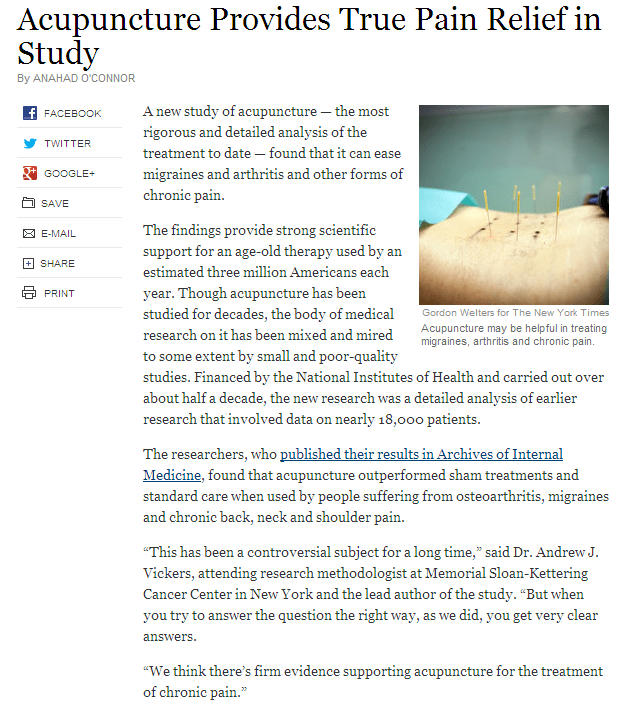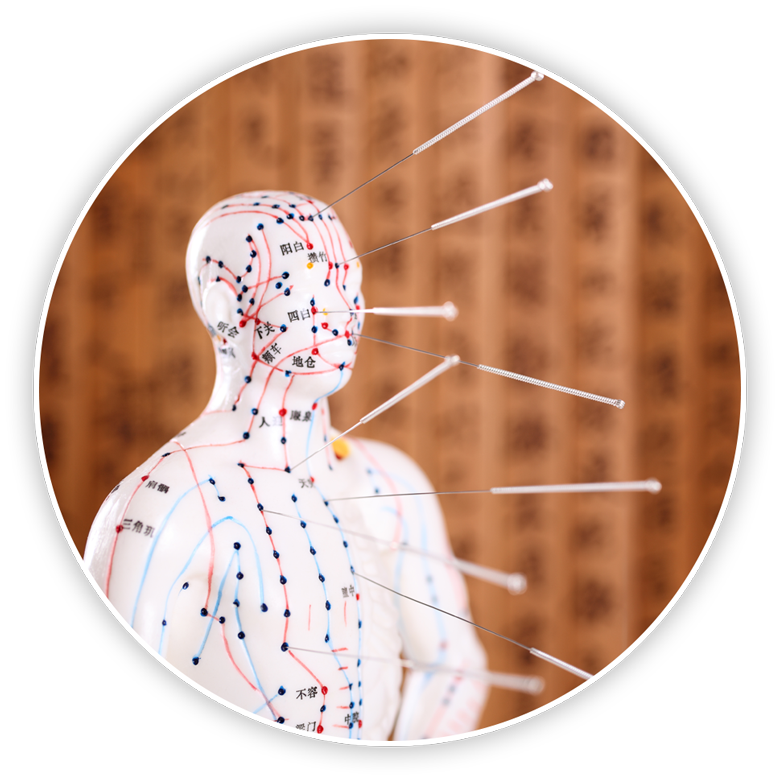

The limitations identified in systematic reviews of acupuncture therefore have little effect on the overall quality. Comprehensive searches, assessment of risk of bias, independent and duplicate screening and data extraction, and assessment of certainty of evidence are some of the most important methodological considerations in systematic reviews.

10 11 12Īlthough earlier studies have used AMSTAR 2 to assess the methodological rigour of acupuncture systematic reviews and concluded that the quality was low, the criteria they used do not reflect the most serious problems in systematic reviews. When using AMSTAR 2 (A MeaSurement Tool to Assess systematic Reviews) to assess the methodological rigour of Cochrane systematic reviews of randomised controlled trials on acupuncture, important problems include failure to specify study design as an eligibility criterion (94%) and failure to adequately investigate and interpret publication bias (52%).

9 Medical evidence users including clinicians, patients, and policy makers often regard Cochrane systematic reviews to be the most reliable. Number of systematic reviews of acupuncture published between 20Īn overview of systematic reviews of acupuncture therapy compared acupuncture with no intervention, sham acupuncture (similar to placebo control for pharmacological interventions), and other conventional medical interventions (such as standard of care, psychotherapy, and rehabilitation) and found the main limitations of these systematic reviews included an absence of a list of excluded studies and no explanation of protocol modifications. In this analysis, we assess the number and quality of systematic reviews of acupuncture, explore the possible underuse of proven beneficial acupuncture therapies in clinical practice and health policy, identify the promising and under-researched areas, and propose strategies to implement effective acupuncture treatments and establish funding opportunities and research agendas for acupuncture therapies. 7 8 Given the rapid increase in the literature on acupuncture, evidence based practice and policy making require systematic reviews of the available randomised controlled trials. 6 Since 1975, more than 10 000 randomised controlled trials on acupuncture have been published. 3 4 5Īlong with research into the underlying biology and increasingly wide clinical use of acupuncture, clinical research on acupuncture has also grown. 2 This evidence shows that acupuncture works to stimulate reflexes that activate peripheral nerves, transmit sensory information from the spinal cord to the brain, then activate peripheral autonomic pathways, and eventually modulate physiology. 1 While traditional Chinese medicin e theory attributes the effect of acupuncture to the stimulation at specific body regions (acupoints) on the meridian channels (that is, paths through which the vital energy known as “qi” flows) to modulate body physiology, modern science has increasingly provided evidence on the biology of the effect of acupuncture. Many doctors and patients worldwide now use acupuncture, a technique of traditional Chinese medicine that originated 2000 years ago. 13 Department of Medicine, Faculty of Health Sciences, McMaster University, Hamilton, Canada


 0 kommentar(er)
0 kommentar(er)
